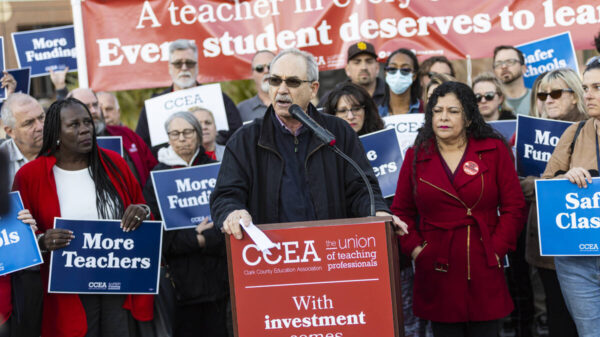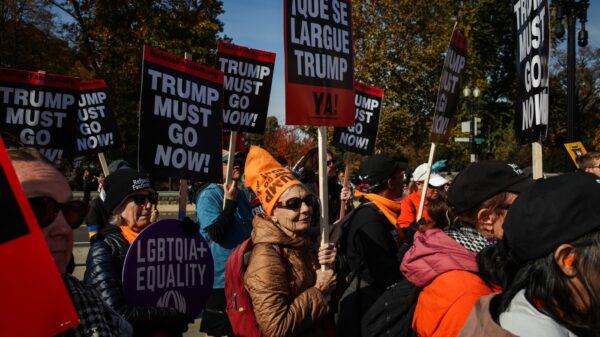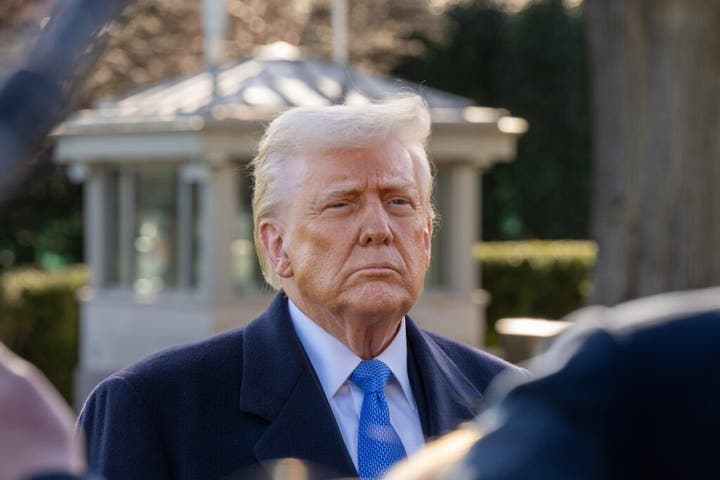President Donald Trump announced on March 5, 2025, via Truth Social that the United States will release trade agreements with “a minimum of seven countries” on the morning of March 6. This announcement marks a significant shift in the U.S. trade policy, focusing on bilateral negotiations instead of multilateral agreements. Trump indicated that additional countries would be announced later in the day, fueling speculation about the international economic landscape.
The announcement aligns with Trump’s ongoing strategy to exert pressure on trading partners through comprehensive tariff restructuring. Commerce Secretary Howard Lutnick confirmed that plans are in place to finalize agreements with ten major trading partners by July 9, 2025. Currently, only the United Kingdom has secured preferential treatment, reducing auto tariffs from 27.5% to 10% and eliminating aerospace duties, which will benefit companies like Rolls-Royce Holdings.
Bilateral Focus and Tariff Threats
Trump’s shift from multilateral negotiations to direct, country-to-country agreements reflects his preference for bilateral trade deals. Recently, he threatened to impose an additional 10% tariff on any nation aligning with the BRICS alliance—comprising China, Russia, India, and Brazil—which he perceives as anti-American. This move aims to create a more favorable trading environment for the United States while applying pressure on nations that engage with this coalition.
In parallel, Treasury Secretary Scott Bessent announced plans to meet with his Chinese counterpart in the coming weeks to discuss trade relations between the U.S. and China, the world’s two largest economies. This meeting is seen as a crucial step in navigating complex trade issues that have arisen over recent years.
Japan is currently facing significant tariff challenges, with rates set at 25% while negotiations continue until August 1, 2025. The delay stems from domestic political constraints related to the upcoming upper house elections scheduled for July 20, 2025. Prime Minister Shigeru Ishiba made it clear in a recent NHK interview that Japan is not willing to make “easy compromises” regarding automobile tariffs, reflecting the complexities of international trade negotiations.
Economic Critique and Future Considerations
Economists have expressed concerns regarding Trump’s tariff strategy. Financial analyst Peter Schiff criticized the approach, arguing that it demonstrates a misunderstanding of trade dynamics. He highlighted that Japan’s average tariffs on U.S. goods are less than 2%, while South Korea’s tariffs stand at under 1%. Such low rates challenge the rationale behind the proposed tariff increases.
As the situation evolves, the impact of these trade announcements will be closely monitored, particularly by industries that depend on international supply chains. The outcomes of these negotiations may significantly influence the economic landscape and trade relations for years to come.
This ongoing trade strategy under the Trump administration illustrates a fundamental shift in how the United States engages with its trading partners. As more information unfolds regarding the announced agreements, the global community will be watching closely for potential repercussions in international markets.





































































